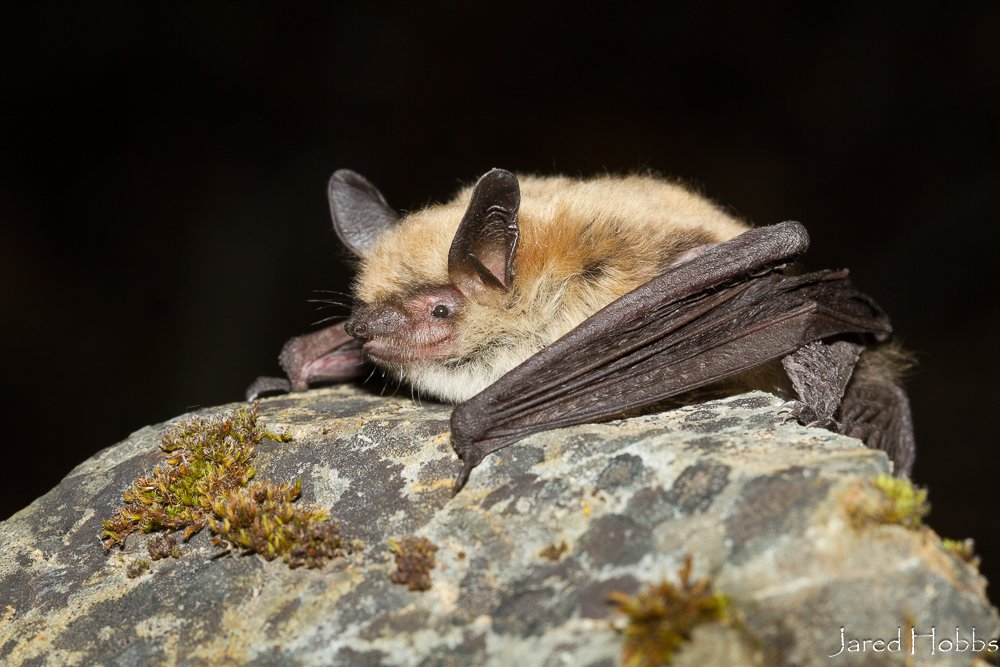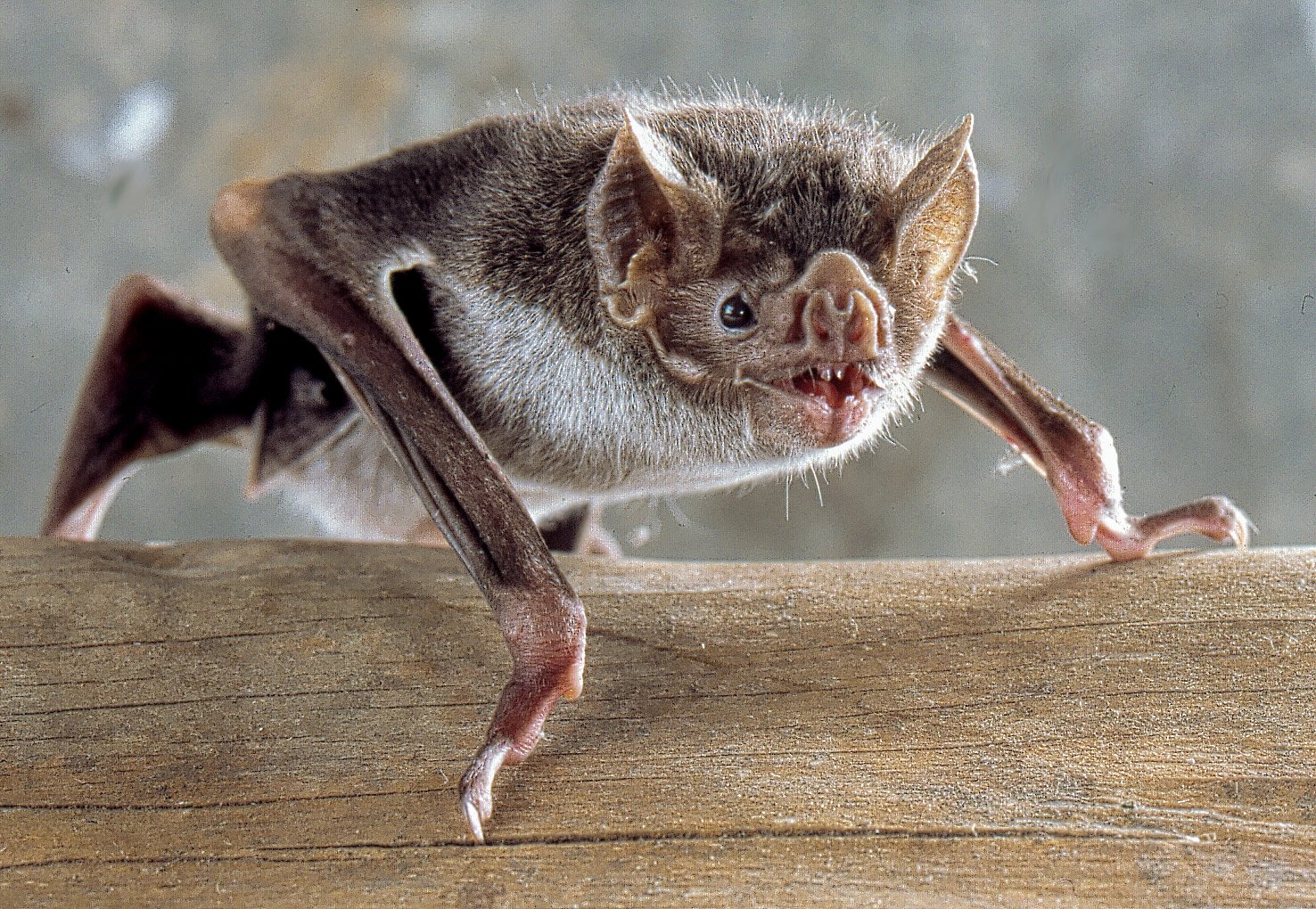
Facts & Myths
Did you know? There are more than 1,462 species of bats in the world. Bats are found worldwide except in extreme deserts and polar regions. Antarctica is the only continent without bats.
Bat Facts
Worldwide two-thirds of bats eat invertebrates like moths and beetles; including all 14 Washington species. They consume huge amounts of moths and beetles, many of which are pests of gardens, forests, and crops. Bats also keep mosquito populations in check, protecting us from diseases. In other parts of the world, some bats eat small mammals, lizards, frogs, or fish. In warmer climates some bats eat fruit, pollen, or nectar.
Most bats use echolocation, meaning they emit high frequency sounds that humans can rarely hear to determine what is in front of them. Bats can vary their calls to determine size, distance, direction of movement of the insects they hunt.
(c) Dave Riggs/Flickr
There are fourteen recognized species of bats found in the state of Washington, ten are found across the state and four that only occur in eastern Washington. Seven species have been recorded in Seattle.
Roosting upside down helps bats use gravity to quickly take flight. It also seems to give them access to spots such as the roofs of caves and other places predators can’t easily access. They can hang upside down because their blood flows from wingtip to wingtip instead of from their head to their toes!
Bats are a vital part of almost all ecosystems. Some disperse seeds in deserts and tropical rainforests. Others pollinate cacti and foods such as agave, mangos, figs, cashews, guavas, and bananas. Bats eat tons of pests each night. Without them we would be overrun with night-flying insects. We can thank bats for healthier crops, more biodiversity, and more resilient ecosystems.
Bats are not blind. All bat species can see and some have excellent eyesight. Bats are nocturnal and are most active at night in order to take advantage of a time with fewer predators and more available food.
Bat Myths
Myth: Flying mice
Because many bats are mouse-sized, gray and furry, some people assume they are related to mice and rats. They aren’t! Rodents must chew constantly to prevent tooth growth, but bats do not have this need and therefore will not destroy wires or property. Bats are the only mammals capable true flight and belong to the order of mammals called Chiroptera meaning hand wing.
(c) OSU
Myth: Blind as a Bat
Bats that hunt moving prey at night usually rely on their echolocation abilities but they also can see as well as you and I. Bats are nocturnal to take advantage of a time with fewer predators and more available food. Occasionally bats will be seen flying in the daytime if they are migrating, searching for food, or if their roost has been disturbed.
Myth: Vampires
There are just three species (out of over 1450 bat species) of bat in the world who feed on blood. These bats are only found in parts of Central and South America. Vampire bats feed mostly on livestock and birds, approaching at night while the prey is sleeping. Bats feed on blood by using an anticoagulant in their saliva, which is being studied in medical sciences as a possible aid to blood clotting diseases.





